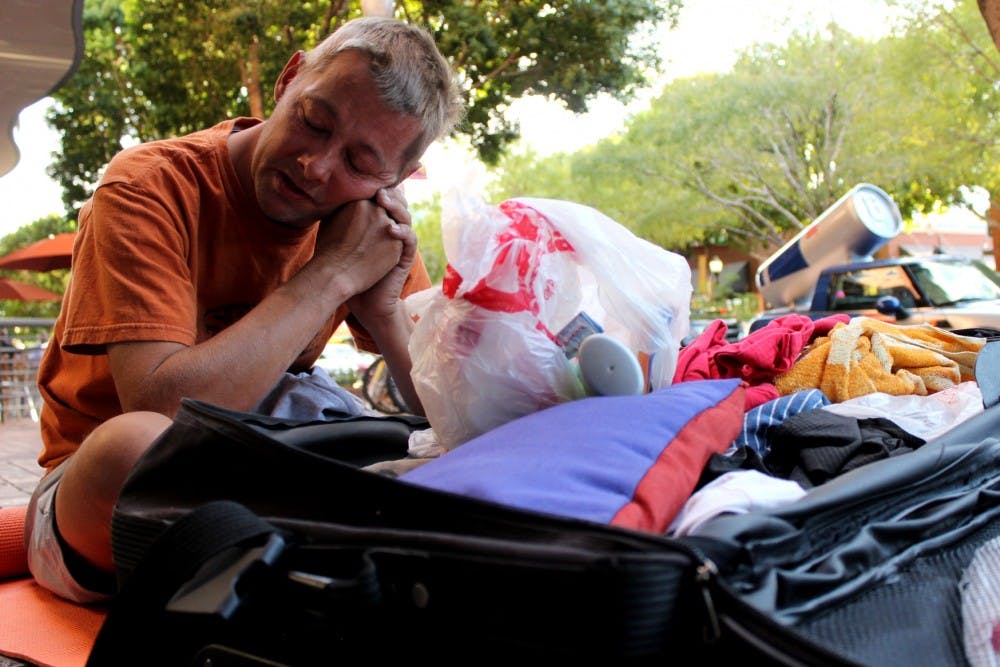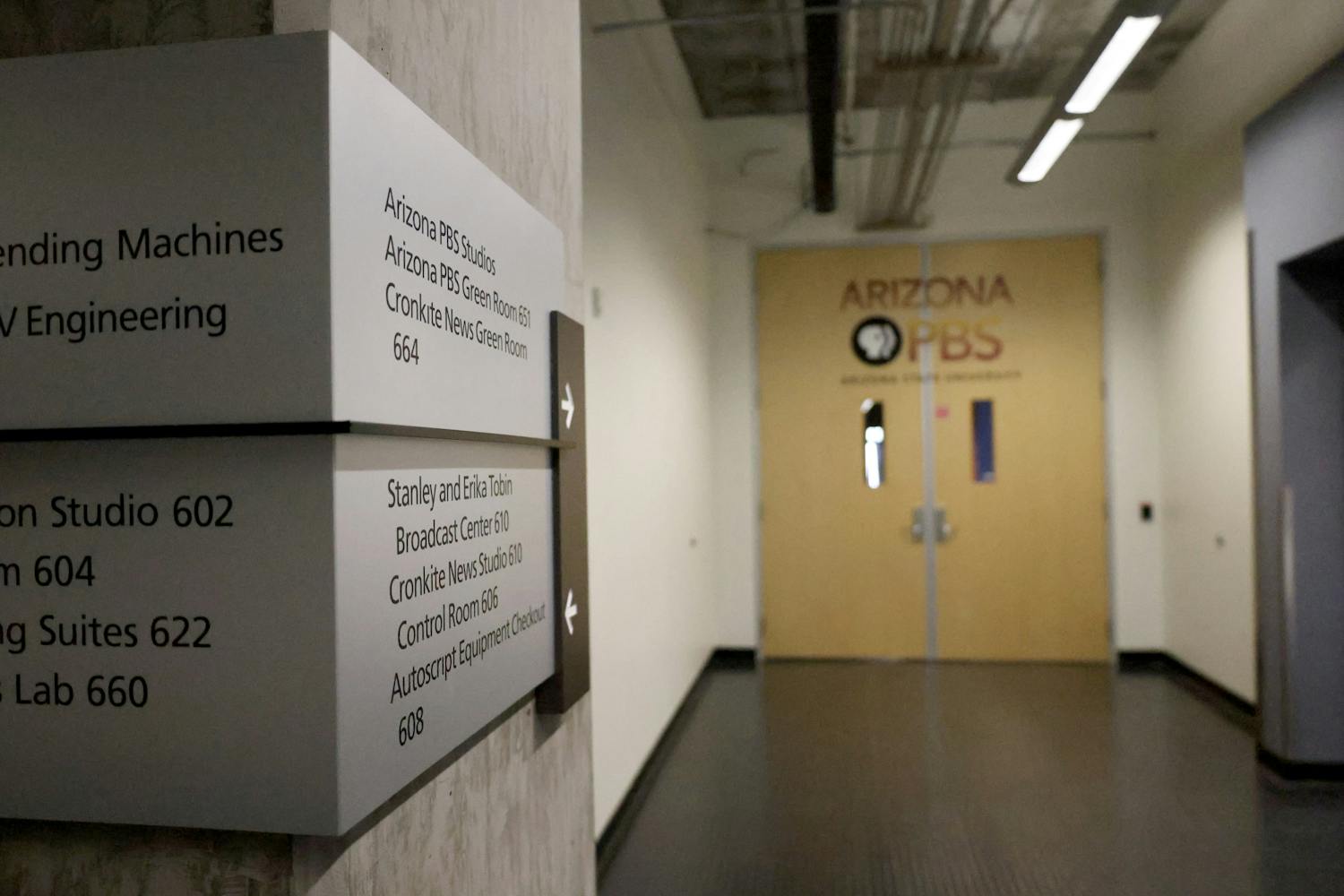It has been a long and overwhelming day. It's late and as you are walking toward your car a stranger approaches you. You're a little bit alarmed, but you try to stay calm.
"Excuse me, do you have any change you can spare?" the person asks.
You are annoyed by the person's smell and as you turn around you realize the person is carrying multiple bags with what seem to be his or her only belongings. You then come to the conclusion, that he or she is homeless. Yet, "Sorry I don't have any change," is all you have to say.
This person might be aggressive or might walk away in disappointment. Either way it doesn't change the fact that you will sleep under a roof while this person continues to look for ways to survive. One day at a time, they approach multiple strangers and continue to be ignored and looked down upon.
Maricopa County counts for 71 percent of the state's homeless population, according to the Department of Economic Security's 2015 annual report.
It's safe to say most ASU students have encountered this situation, and it's important to expand the conversation regarding the homeless population.
The first thought that comes to mind for many people when thinking about homeless people that they are intoxicated and very disruptive people that are "out to get you." ASU senior Alejandro Jímenez uses the light rail on a weekly basis to get to class and sees many people who he assumes are homeless.
"It really annoys me that they have the nerve to use the light rail without paying, knowing that they shouldn't be there," he said. "They just take it to sleep or sit there but they don't have anywhere to go." Jímenez said when he thinks of homeless people, he immediately thinks of people who lack etiquette, and are very loud and rowdy.
The 2015 Point-In-Time report of The U.S. Department of Housing and Urban Development shows that 34 percent of Arizona's homeless population are within families that are unsheltered and 12 percent are U.S. veterans. It's important then to clarify, what is defined as homeless.
The Arizona Department of Economic Security describes homelessness as lacking a fixed, regular and adequate night-time residence.
Freshman business student and Arizona native Zachary Greene said he was surprised by the amount of homeless people he sees every time he takes the light rail to school or work.
"It makes me sad and it opened my eyes when I realized how many homeless people there are," he said. "Where I grew up (in Gilbert, a suburb of Phoenix) I didn't see or meet many homeless people."
Many might not feel safe when they are surrounded by people who they assume are homeless.
ASU senior Alejandra Rascon said she was once followed to her car by a person she thought was homeless.
"I was in the light rail and this man started to ask me questions and I wanted to be nice and talk to him, but I started to feel uncomfortable," she said. "When I got off to go go to my car, he followed me and kept trying to catch my attention. I called my dad and the man eventually left."
A Valley Metro report published in the Phoenix Business Journal counted only 66 criminal incidents varying from assaults, robberies and thefts from January 2013 through May 2015.
We can change how we view these people because despite how society has unconsciously lead us to think about this problem, these people are victims of hardships that at times are beyond their control. They are not that different from us. They are veterans who went to work, young children and women who have been abused or even mentally ill people.
College is hard and we can get lost in our responsibilities, but please let's not forget those who are not as privileged as we are.
Although there are multiple ways and resources to help homeless people overcome these hard stages in their lives, we can truly make a quick and simple change by starting to acknowledge them as people.
Next time you're approached by a person whom you might think is homeless, remember to consider the bigger picture instead of making immediate assumptions and instantly being prejudiced. Remember he or she is a a person, just like you.
Reach the columnist at cmsanti1@asu.edu or follow @santiagoc_17 on Twitter.
Like The State Press on Facebook and follow @statepress on Twitter.
Editor’s note: The opinions presented in this column are the author’s and do not imply any endorsement from The State Press or its editors.
Want to join the conversation? Send an email to opiniondesk.statepress@gmail.com. Keep letters under 300 words and be sure to include your university affiliation. Anonymity will not be granted.




